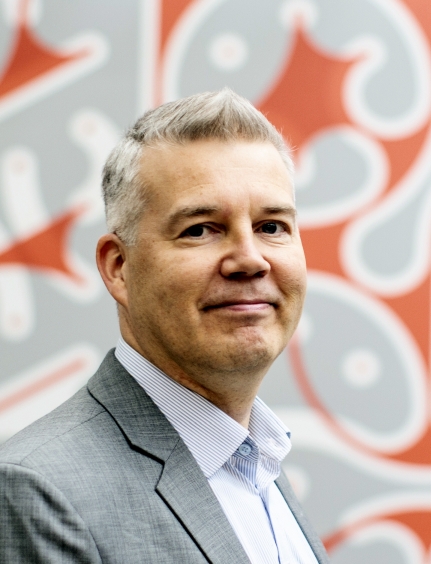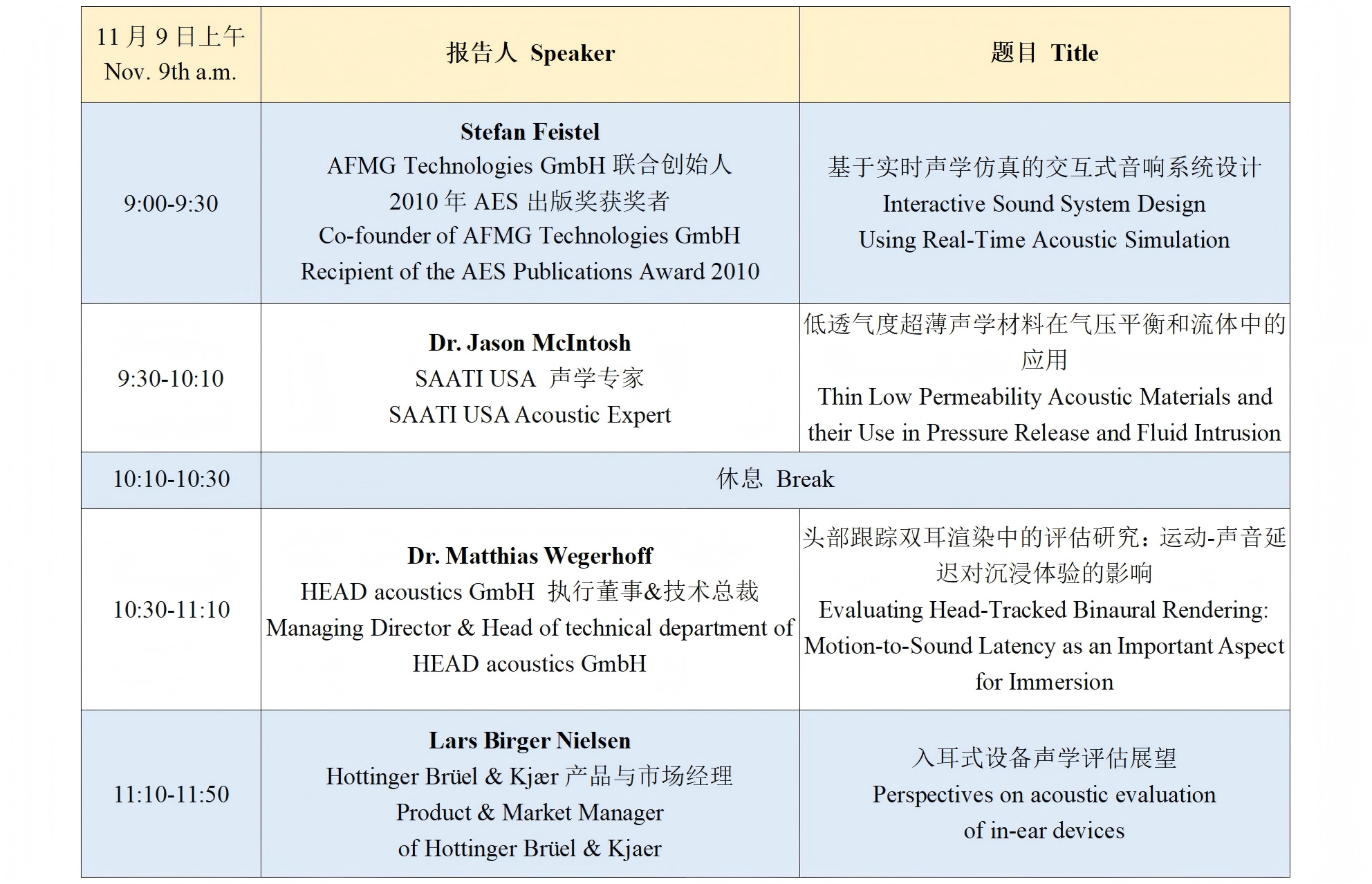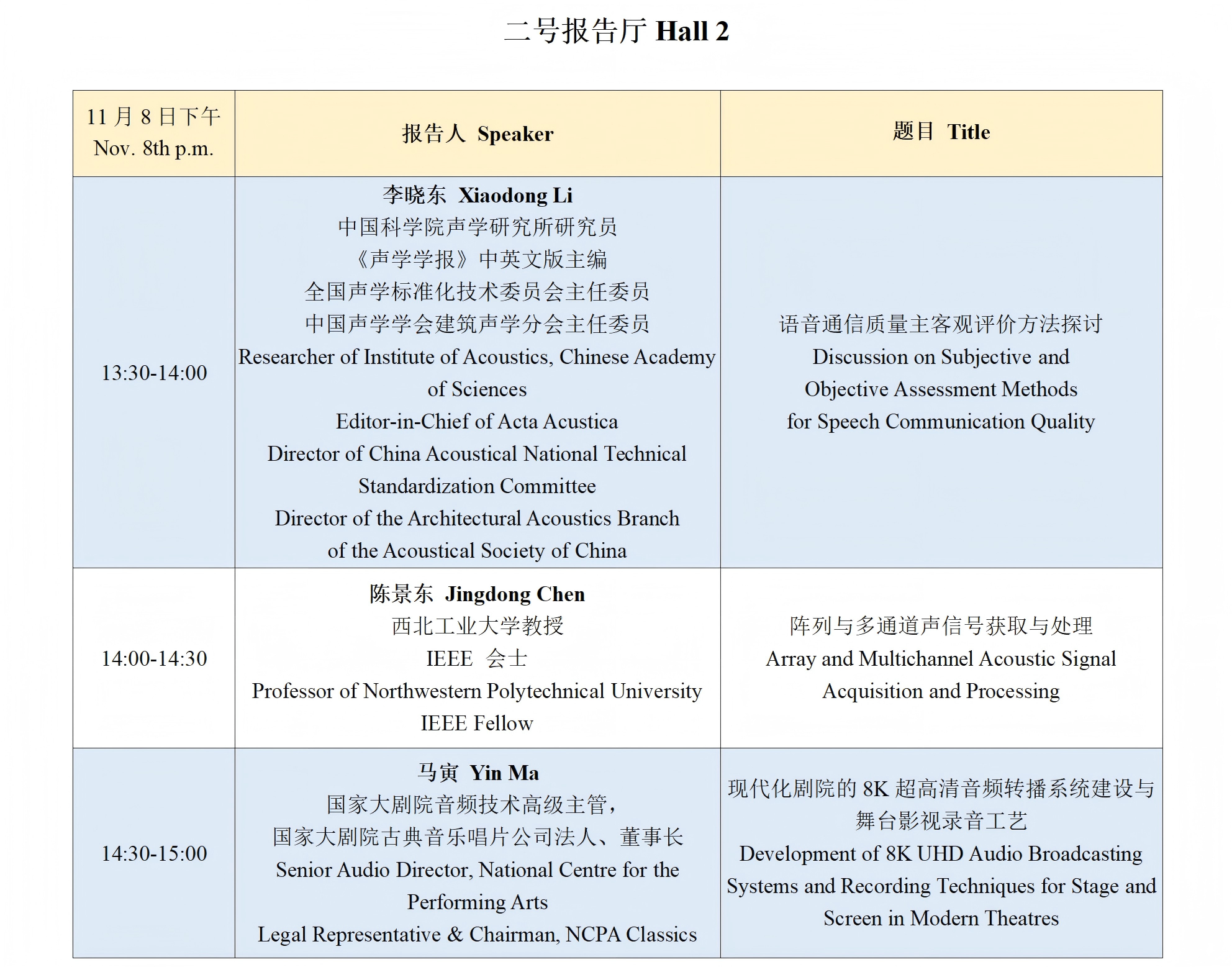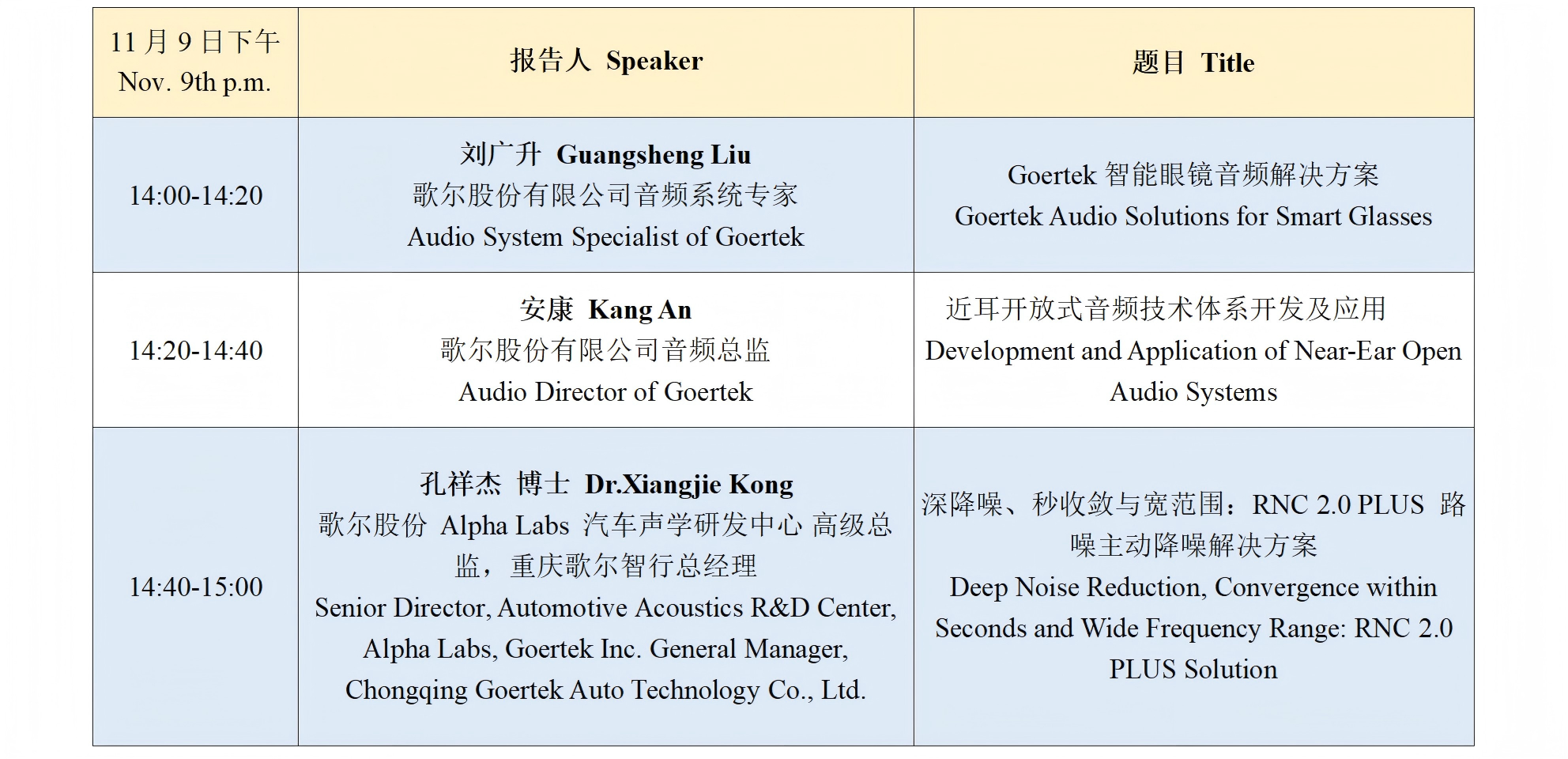第十届电声技术国际研讨会(ISEAT)将于11月8-9日在深圳举办,请各位嘉宾、参会人士留意以下关键信息:
会议地点:
深圳夫子国际会议中心(深圳市南山区后海滨路3368号鹏润达广场西座11楼)
签到及开幕式:
8日8:30-10:00签到、领取证件和资料、自由交流,10:00-11:00参加开幕式
报告时间:
11月8日11:00-12:00,13:30-17:00
11月9日9:00-12:00,13:30-16:15
闭幕式:
11月9日16:15-16:35
大会语言:
AI实时翻译,英文-中文,中文-英文互译
11月8-9日两天,大会在一至四号报告厅、沉浸声体验空间同时进行1000+分钟的演讲报告,举办两个专题论坛:汽车声学创新技术论坛(3小时)、好声音论坛(2小时),并特设两个重磅报告,来自Journal of AES主编Prof. Vesa Välimäki、南京大学沈勇教授 ,与大会主题词“沉浸在好声音中”高度契合。为此发布《会议议程》2.0版。
第十届ISEAT期待大家如约而至,愿您满载而归。
重磅报告1

Prof. Vesa Välimäki
Journal of AES 主编
IEEE、AES和AAIA会士
芬兰阿尔托大学教授
Graphic Equalizers 图形均衡器
一号报告厅11月8日14:30-15:10
This keynote talk provides an overview of graphic equalizers (EQ). To be effective, any intelligent graphic EQ method must rely on automatic design that closely approximates the target magnitude response. Today, we can design highly accurate cascade and parallel graphic EQ filters. Historically, however, graphic EQ designs have been surprisingly inaccurate. A cascade graphic EQ consists of a chain of parametric EQ filters, which may be based on various alternative coefficient formulas. This presentation demonstrates that the choice of parametric EQ design significantly impacts the accuracy of the graphic EQ, as it influences the interaction between filter bands. The filter gains used for filtering must differ from the target gains used for design and can be optimized using the least squares (LS) method, provided that the band filters maintain sufficient self-similarity with different gain values. Designing a parallel graphic EQ system accurately is more challenging than designing a cascade one, because it requires consideration of the phase response of each band filter. Fortunately, a series-to-parallel conversion technique offers a straightforward solution: converting a cascade EQ design into a parallel one. The use of neural networks to control a graphic EQ is also discussed. Additionally, recent approaches that use shelving filters to design graphic EQs or a single first-order shelving filter to enhance their accuracy range are summarized. Finally, an application example of perceptual headphone equalization for listening in environments with heavy background noise is presented.
重磅报告2
沈勇 教授
南京大学电声与建声课题组负责人
如何获得并量化“沉浸式好声音”?
二号报告厅11月9日11:20-11:50
在剧院(大空间)、家居客厅(中空间)、车舱(小空间)与可穿戴设备(微空间)这四大典型场景中,实现真正意义上的“沉浸式好声音”,是一项充满挑战的系统工程。
南京大学电声与建声课题组,深入剖析这四类场景的核心特征,总结出一套系统性的M-P-C-R方法。该方案能够有效支撑复杂沉浸声系统的研发,破解多参数耦合带来的工程难题,实现可规模化、工程化的沉浸声效构建,贯通了从基础研究到集成应用验证的全流程。
M-P-C-R方法,本质上是一套覆盖扩声或重放全链路的完整解决方案,提供从测量、预测、控制到感知优化的“技术全家桶”,推动声学设计从依赖经验,逐步转向以数据与感知量化为基础的全新范式。这一转型的关键,在于将主观听觉感受转化为可量化、可调控的参数体系,为实现更可控、更可预测的沉浸式声音体验提供坚实支撑。
想深入了解这一“技术全家桶”?11月9日上午到二号报告厅聆听报告:如何获得并量化“沉浸式好声音”?














*以大会现场发布内容为准


